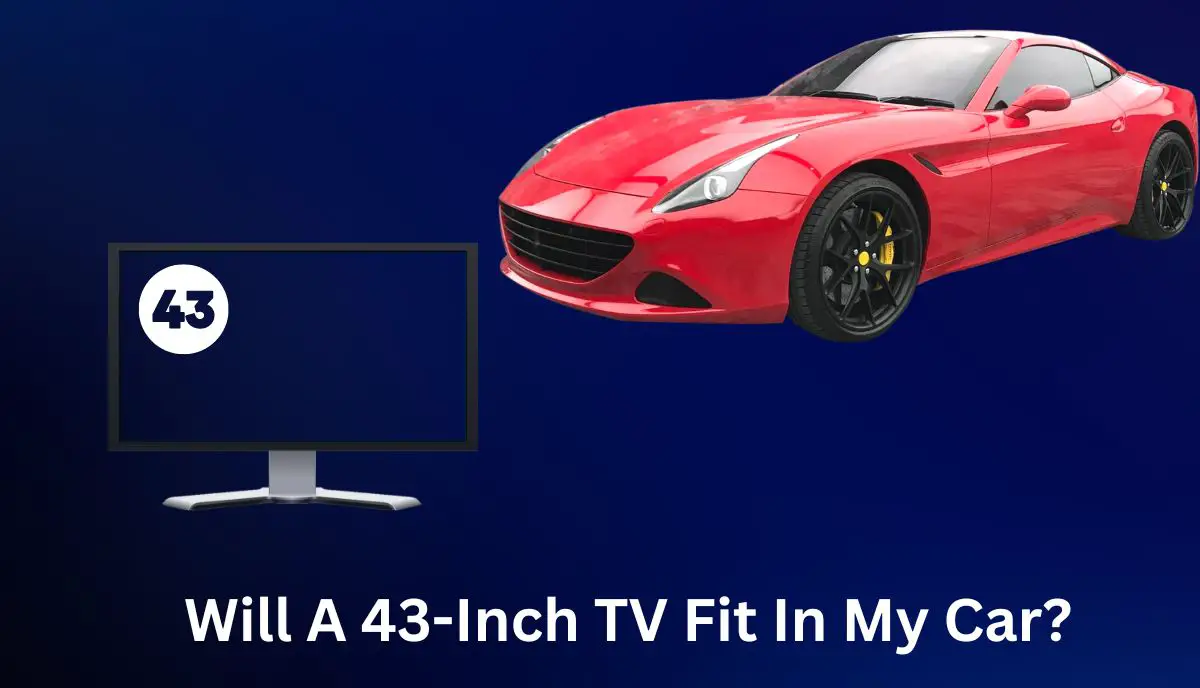The 43-inch TVs LG sells are 97cm (Width), 53cm (Height), and 109.22cm (Diagonal). Does that mean a 43-inch TV will fit in your vehicle?
Yes, a 43-inch TV can fit in your car, provided the vehicle has sufficient space. Larger cars like SUVs and minivans are generally suitable. Measure your car’s interior dimensions, considering width, height, and length. Keeping the TV upright, preferably in its original packaging, enhances safe transportation. If your car is too small, consider alternatives such as borrowing a larger vehicle, using retailer delivery, or hiring professional movers
These examples prove that TVs of 43 inches and larger can fit in the average vehicle. The following factors will determine whether or not you succeed:
1). How Big Is The Car?
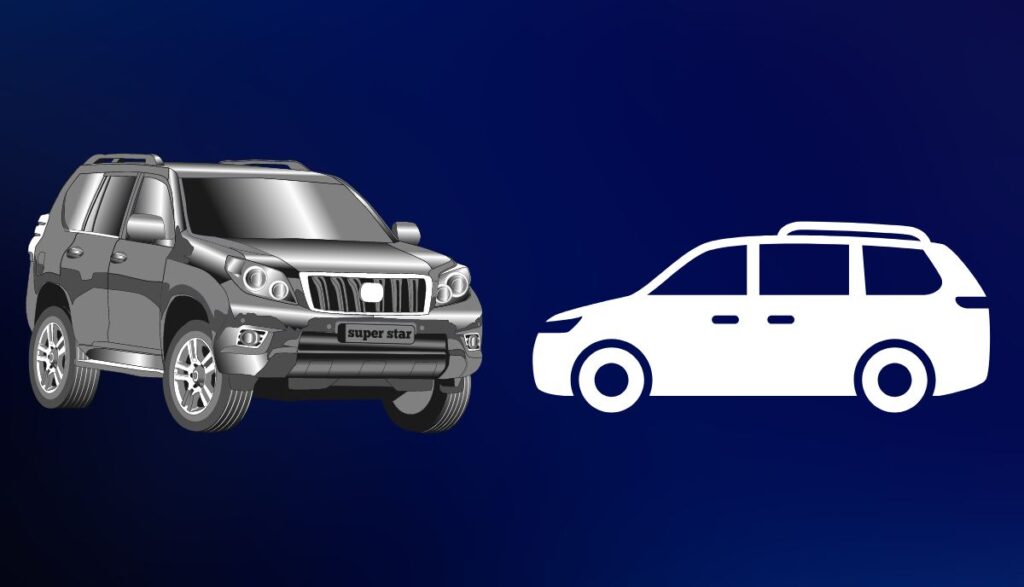
Some cars are too small. SUVs and minivans will make short work of a 43-inch TV. They have plenty of room. You can’t say the same about smaller, more compact models.
2). Where Will The TV Sit?
A 43-inch TV can easily fit on the roof of every car on the market. However, the roof is incredibly unsafe. The front seat is also out of the question. This leaves the backseat and the trunk. You would expect the trunk to come out ahead. But surprisingly, the backseat offers more security.
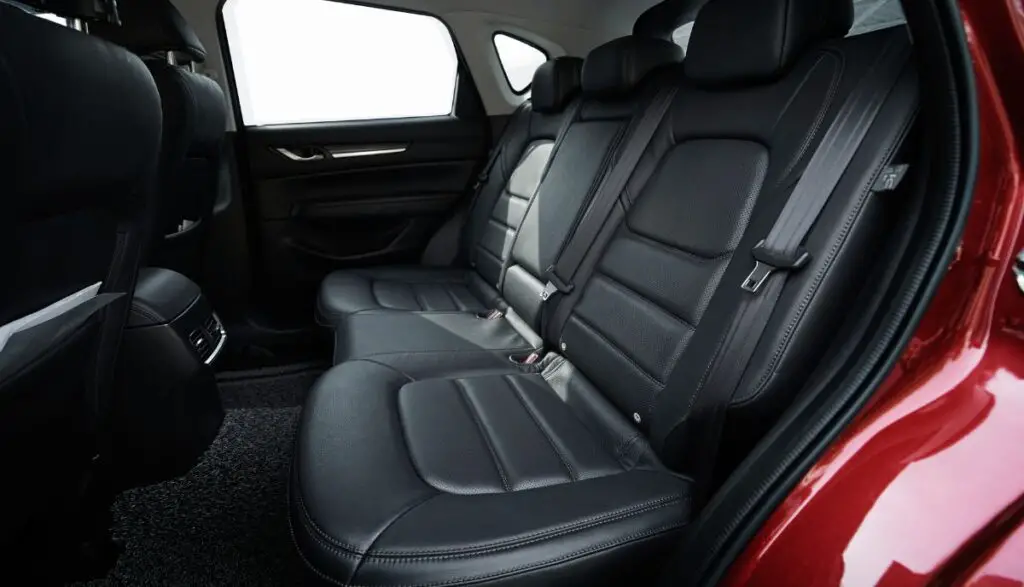
Then again, you can fold the backseats to increase the size of the trunk. The point remains the same. The location will determine whether or not a TV can fit in your car.
3). How Much Space Is Available?
Some vehicles have surprisingly spacious backseats and trunks. But your vehicle’s dimensions don’t matter if you’ve filled the backseat and the trunk with luggage. This is why retailers discourage consumers from bringing passengers whenever they drive to the store to pick up a TV.
It isn’t a simple question of whether or not the car has sufficient space. Do you have enough room to hold the TV safely? Wedging a 43-inch TV beneath heavy boxes is a bad idea.
4). What Are The Dimensions Of The TV?

The next time someone asks you to pick up a 43-inch TV, ask them to describe the dimensions. ‘43 inches’ tells you the screen size. It doesn’t say anything about the height and width. Keep in mind that manufacturers make CRT TV sets with 43-inch screens.
5). Does The TV Include Additional Equipment?
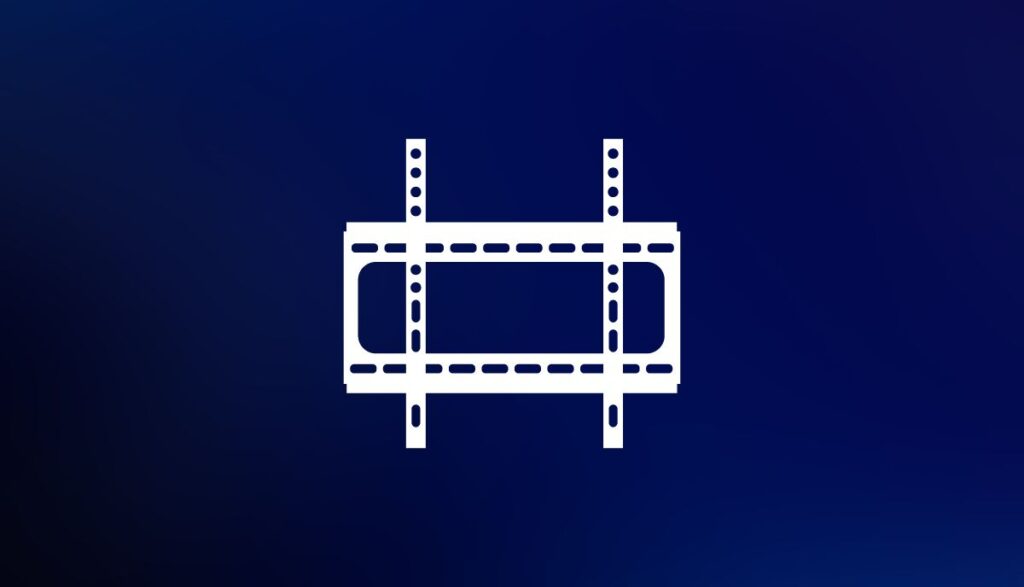
Some TVs are difficult to transport because they come with special mounting equipment that gets in the way.
6). Is The TV In A Box?

A 43-inch TV is safer in the original factory-sealed box. Unfortunately, the box consumes more space than the TV. But taking the TV out of the box exposes the item to harm. You must determine whether you’re willing to risk the TV’s safety by taking it out of the box to save space.
Consumer Reports is convinced that a 43-inch TV can fit comfortably across the backseat. But their declaration doesn’t consider the variables above. Take a moment to determine the dimensions of your car and the TV before dismissing the retailer’s delivery services.
How To Measure Car’s Interior For Transporting A 43-inch TV?
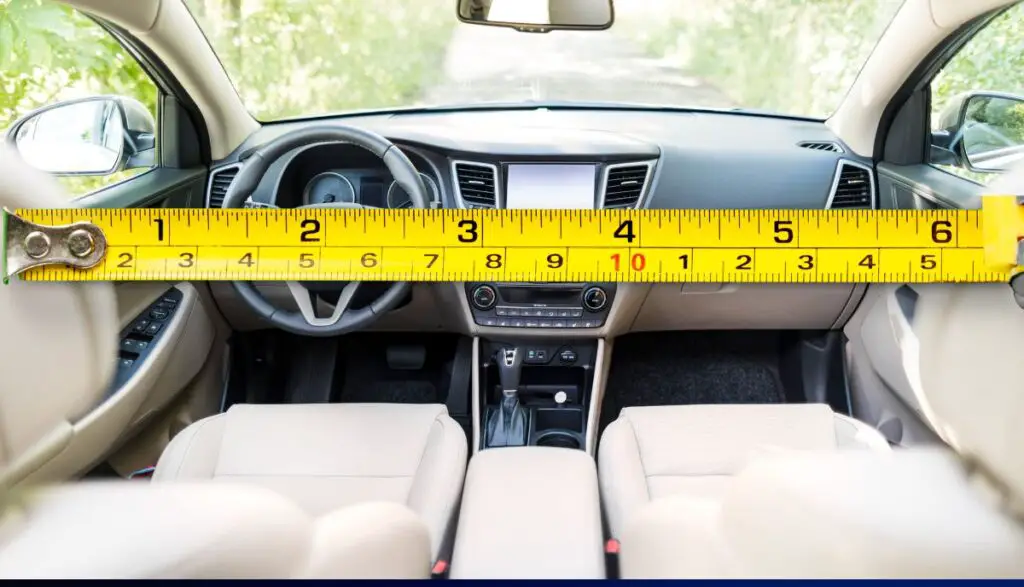
It isn’t enough to know the TV’s dimensions. You must identify the dimensions of the vehicle’s interior. This will tell you whether or not it can accommodate a 43-inch TV. Use the following steps to measure the car’s interior:
- Make sure the car is empty. Don’t measure a car with people or luggage. They will interfere with your measurements.
- Measure the interior’s width (left to right). Stretch the tape measure across the widest point.
- Measure the height (from the floor to the ceiling).
- Measure the length (Back to front). This tells you whether the TV fits without blocking the driver’s view.
Is It Better To Lay A TV Flat Or Keep It Upright During Car Transportation?
A TV in transit should stand upright to prevent the panel from flexing. Moving.com is convinced that laying the device flat on a seat or in the trunk will harm the screen, potentially cracking it. Some people expect the TV’s internal components to incur damage in the process, but that is not true.
A TV’s internal parts are secure. They won’t come loose simply because the TV is lying on its front or back. That said, manufacturers arrange the internal components in a way that distributes the weight around the edges.
Laying the TV flat exerts that weight on the middle section, which can crack the screen immediately or over time. Check the box or the manual. If they warn against laying the TV flat during transit, you should listen.
Otherwise, you can’t expect the manufacturer to honor their warranty if the 43-inch TV sustains damage during transit because you ignored their instructions.
Are There Any Risks Of Damaging A TV When Transporting It In A Car?

If you have a spacious vehicle, you may crack the screen by laying the TV flat in the car. Manufacturers expect you to stand these products upright. Otherwise, the screen will break because the TV has insufficient support in the middle.
Don’t be surprised if the screen sags and warps under its own weight, particularly in cars that traverse rough terrain.
If you have a smaller car, forcing a 43-inch TV into a small space can break the shell and the screen.
Tips For Safely Transporting A 43-inch TV In A Car

- Open the door all the way. Don’t force the TV through a small opening. You’re more likely to break something.
- Remove the power cords and cables. Otherwise, the bumps and jolts along the way will break the ports and jacks. You should also remove the mounting equipment.
- Place the TV in the original packaging. You can insert additional layers in the box to prevent the TV from jostling.
- Identify a smooth route that reduces or eliminates potential bumps.
- Drive slowly and carefully. It’s better to get home late with your TV in one piece than to arrive early with a broken screen.
- Don’t expose the TV to extreme temperatures. For instance, you can’t leave it in the car for an extended period on a hot day.
What To Do If A 43-inch TV Doesn’t Fit In My Car?
Whatever you do, don’t transport it on the roof. The roof sounds like a convenient option. However, it compels you to lay the TV flat, which, as you now know, damages the TV. The ropes you use to strap the item down will cause more damage.
That doesn’t even account for the elements. What if it starts raining unexpectedly? What if a strong wind knocks the TV off the roof? If the TV can’t fit inside the car, consider the following alternatives:
- Borrow A Friend’s Car
This is the cheapest alternative. Find a friend with a bigger car. You can also rent a car with a more spacious trunk.
- Use The Retailer’s Delivery Services
Many retailers will offer to deliver the TV to your doorstep for a fee.
- Use Professional Movers
If you have a 43-inch TV in your home, hire professionals to move it to a new location. They have the expertise to transport fragile electronics safely.
What’s The Ideal Angle To Fit A 43-inch TV In The Car?
Keep the TV upright. It should sit on its bottom edge. Laying it flat exerts too much weight on the middle section, which can warp the screen. Laying it flat is only acceptable for short periods. It doesn’t work for long journeys.
You can lay the TV at an angle where it stands on its bottom edge and leans against an object, such as a seat. The manufacturer won’t recommend a specific angle.
What Precautions Should I Take When Loading And Unloading A 43-inch TV From A Car?

- Leave the TV in the original box. The box has foam layers that protect the TV during transit.
- If you lost the original box, wrap the TV in a blanket and bubble wrap to cushion the item. The bubble wrap will absorb the shocks the TV encounters along the way.
- Ensure the car door opens wide enough for the TV to enter unimpeded.
- Put the TV in the backseat. You can remove or fold some seats to increase the available space.
- Use the seatbelt to secure the TV.
- If the trunk has more room than the backseat, insert the TV upright and diagonally after removing any loose objects that may bump against the TV. Fold the seats and push them out of the way to increase the trunk’s space.
- If your trunk doesn’t offer straps for securing the TV, use bungee cords.
- Close the trunk door. If you leave it open, the TV will slide out.
- Once you reach your destination, get help to unload the TV (if you need it). Some consumers don’t have the strength to carry a 43-inch TV.

